
Free Printable Vital Signs Forms Medical Charts / Identify one reason why measuring
By skin. A special thermometer can quickly measure the temperature of the skin on the forehead. Body temperature may be abnormal due to fever (high temperature) or hypothermia (low temperature).

Vital Signs Charts Vital Signs Pulse/Heart Rate Client Age Expected Reference Range Newborn
15 to 30 breaths per minute. Infant vital signs. Pulse. 100 to 140 beats per minute. Blood pressure. 70 to 95 mmHg systolic. Respirations. 25 to 50 breaths per minute. Neonatal vital signs.
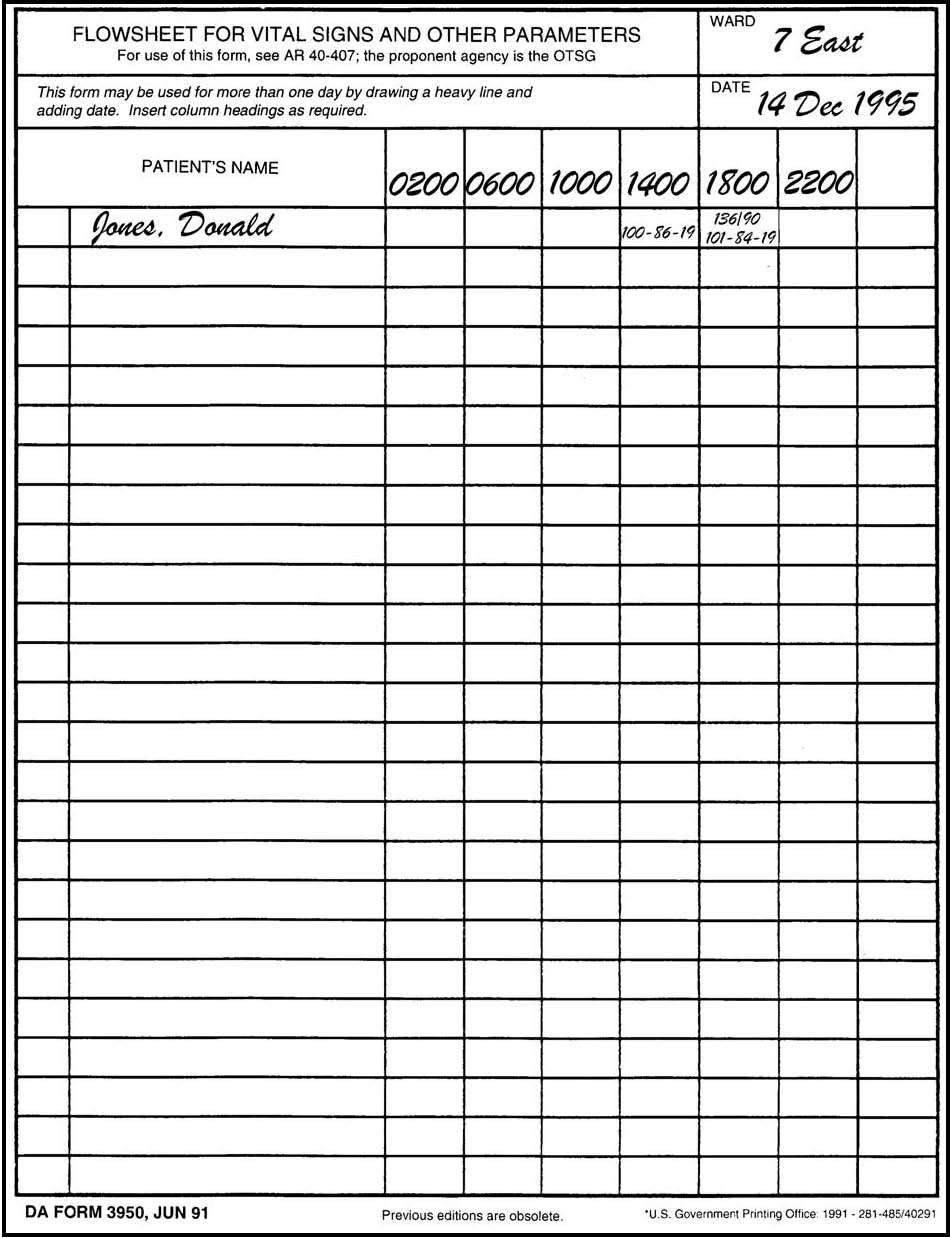
Printable Vital Signs Sheet Printable Word Searches
Takeaway Doctors measure vital signs, like blood pressure, heart rate, and temperature, to understand how a body is functioning and to detect and monitor health issues. Vital signs are.

What Are Vital Signs, and Why Are They Important?
Normal Vital Signs: Newborn. Blood Pressure (BP) 60/40 - 80/50 mmHg. Respirations. 30 - 60 / minute (Diaphragmatic/abdomen moves is normal) Pulse. 120 - 140 beats / minute (increases with crying) Temperature. 97.8 - 99.1 degrees Fahrenheit / average 98.6 degrees Fahrenheit.

Child Vital Signs Emergency nursing, Pediatric nursing, Pediatrics
Your vital signs show how well your body is functioning. They are usually measured at doctor's offices, often as part of a health checkup, or during an emergency room visit. They include: Blood pressure, which measures the force of your blood pushing against the walls of your arteries. Blood pressure that is too high or too low can cause problems.
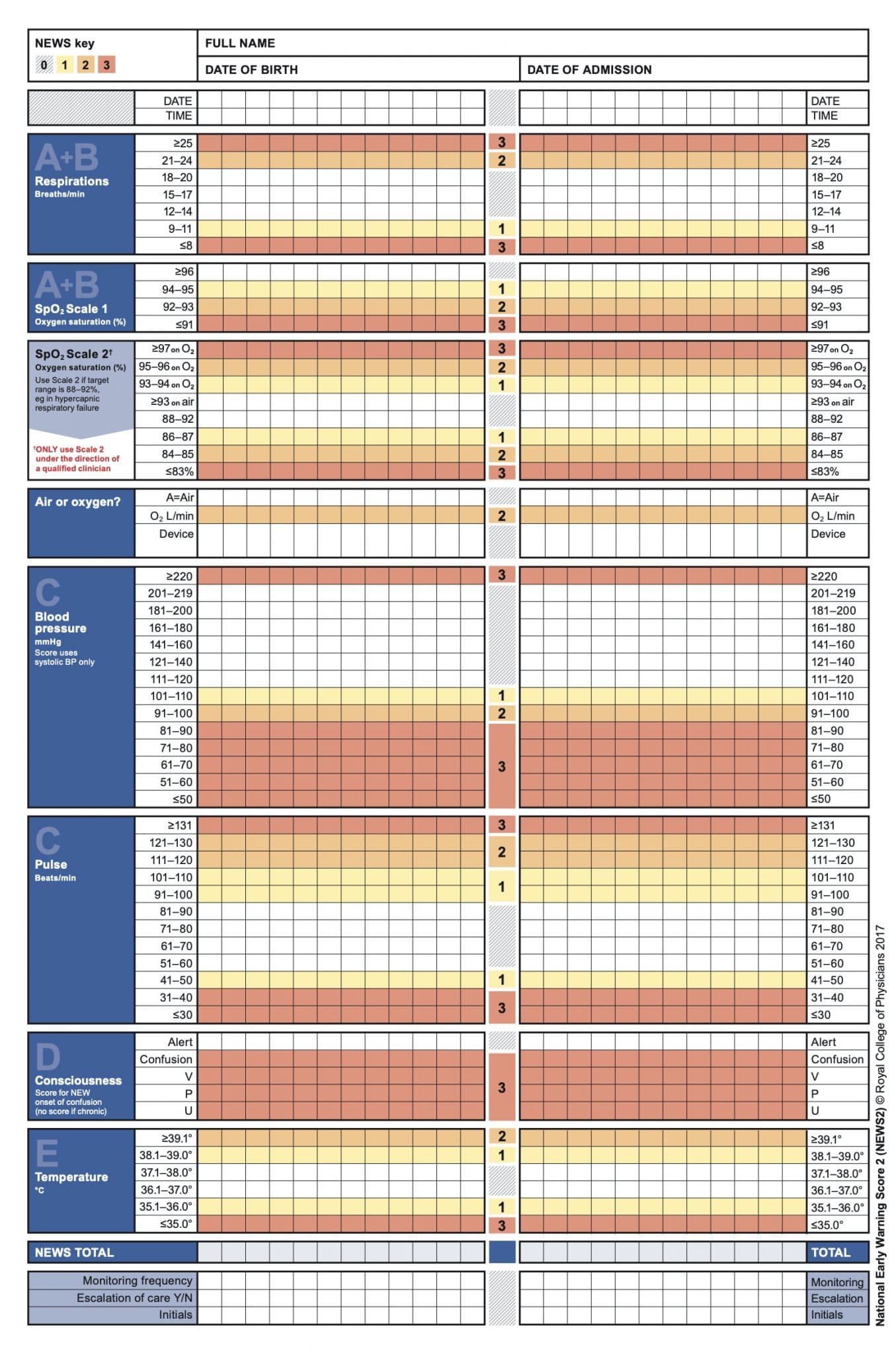
Measuring Basic Observations (Vital Signs) OSCE Guide NEWS2 Geeky Medics
This vital signs chart was compiled from the National Emergency Medical Services Educational Standards (NEMSES), Emergency Medical Technician Instructional Guidelines page 34. These vital signs are the correct vital signs to use for the NREMT exam. DON'T use anything different.

Free Printable Vital Signs Chart Printable Blank World
The 4 main vital signs routinely checked by healthcare providers include: Body temperature. Pulse rate. Breathing rate (respiration) Blood pressure. Vital signs help detect or monitor medical problems. They can be measured in a medical setting, at home, at the site of a medical emergency, or elsewhere.

Image result for vital signs chart example Living Skills, Life Skills, Vital Signs Chart
Vital signs are measurements of the body's most basic functions. The 4 main vital signs routinely checked by healthcare providers include: Body temperature. Pulse rate. Breathing rate (respiration) Blood pressure . Vital signs help detect or monitor medical problems. They can be measured in a medical setting, at home, at the site of a medical.

Google Image Result for
Vital signs are an objective measurement of the essential physiological functions of a living organism. They have the name "vital" as their measurement and assessment is the critical first step for any clinical evaluation. The first set of clinical examinations is an evaluation of the vital signs of the patient.
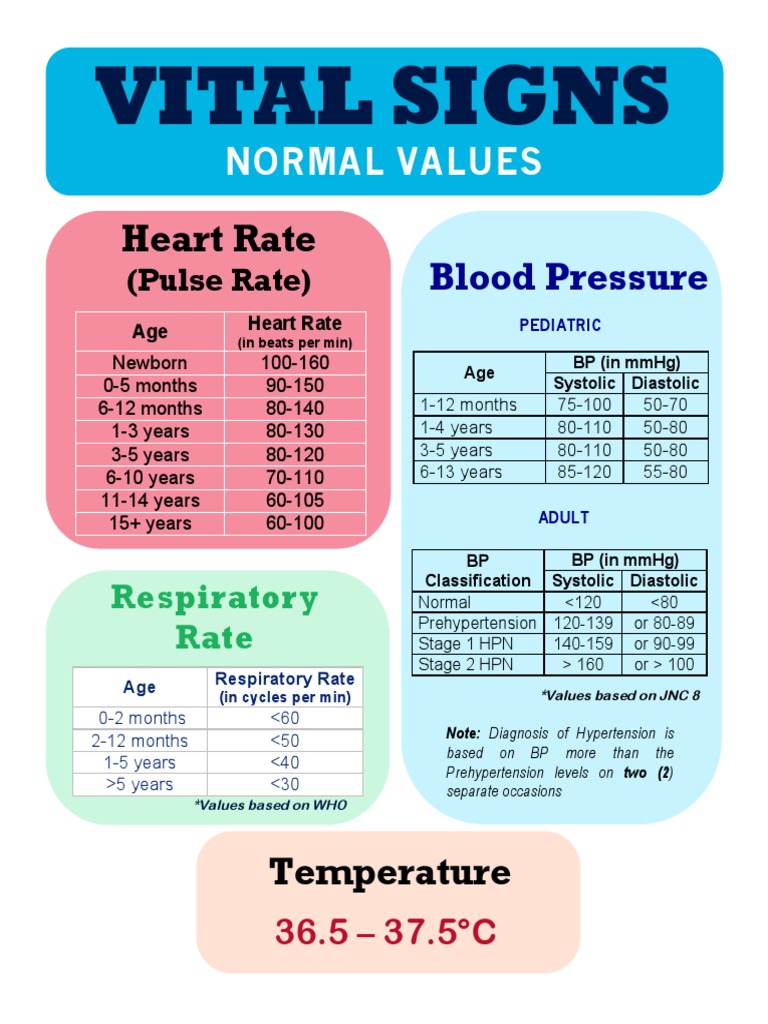
Vital Signs
Home / Health Library / Articles / Vital Signs Vital Signs Vital signs measure the basic functions of your body. They include your body temperature, blood pressure, pulse and respiratory (breathing) rate. Normal ranges for these signs vary by age, BMI and other factors. Pediatric vital signs aren't the same as adult vital signs.

Pediatric Vital Signs & Developmental Milestones Horizontal Badge ID Card Pocket
Respiration Rate Pulse (Heart Rate) Blood Pressure Oxygen Saturation Vital signs are measurements of the body's most basic functions—body temperature, rate of respiration (breathing), pulse rate, blood pressure, and oxygen saturation (amount of oxygen circulating in the blood).
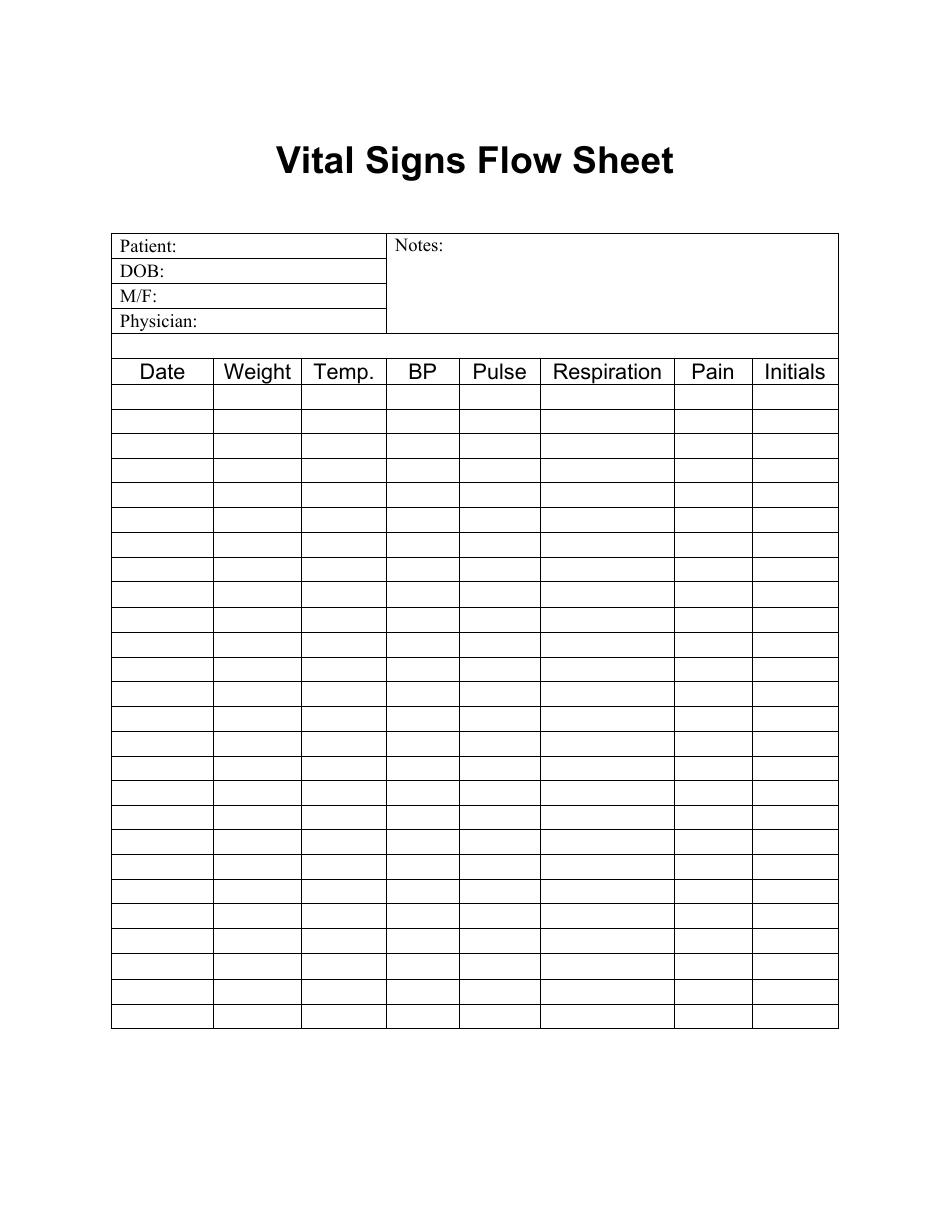
Free Printable Vital Signs Chart PRINTABLE TEMPLATES
Source: Office of the Associate Director for Communication. Vital Signs. The CDC Vital Signs Health Topic report includes an MMWR early release. Issues covered include health topics such as health equity, colorectal cancer, breast cancer screening, obesity, alcohol, tobacco use, HIV testing, motor vehicle safety, cardiovascular disease, and more.
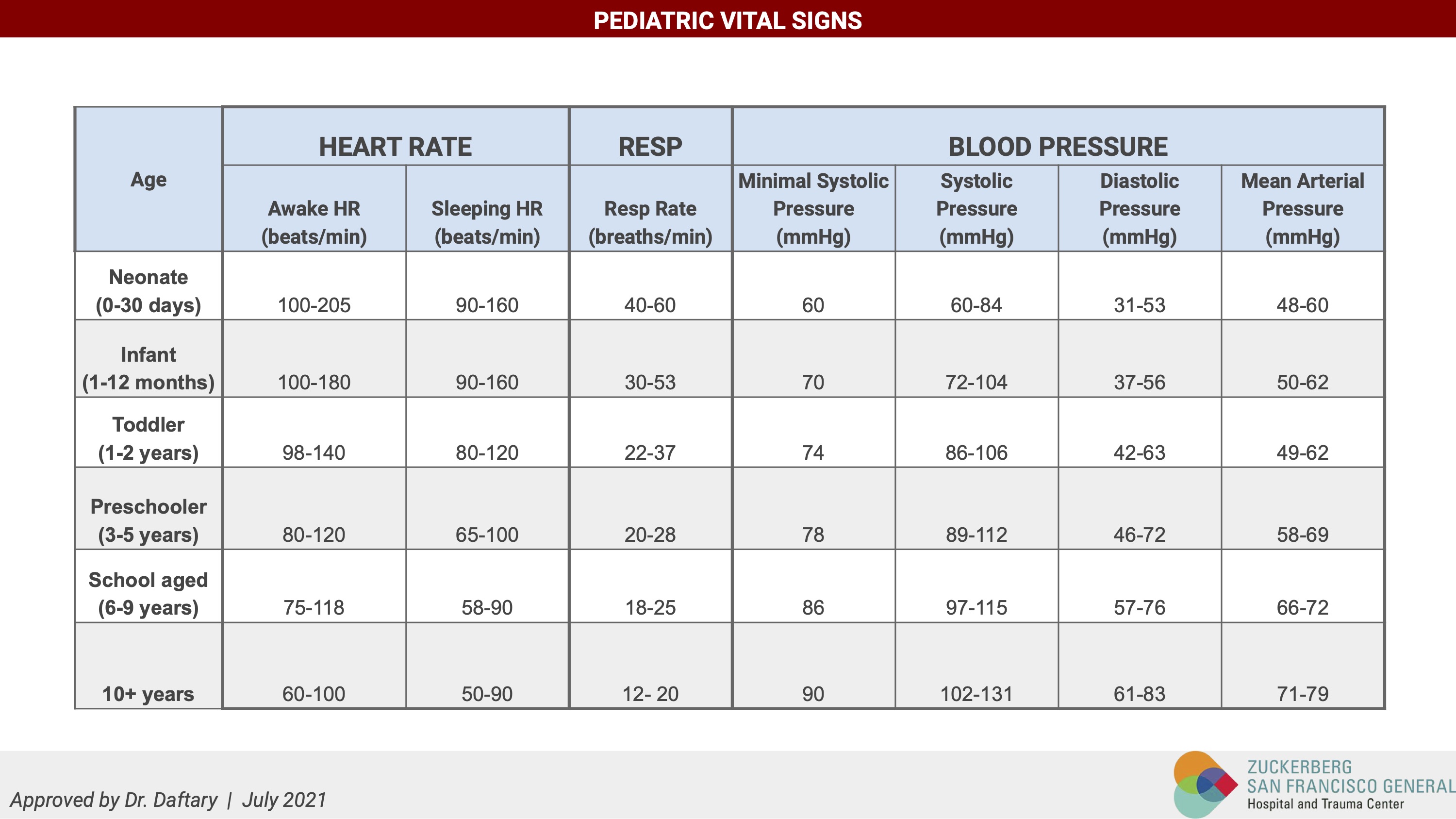
Pediatric Vital Signs UCSF
There are four primary vital signs: body temperature, blood pressure, pulse ( heart rate ), and breathing rate ( respiratory rate ), often notated as BT, BP, HR, and RR. However, depending on the clinical setting, the vital signs may include other measurements called the "fifth vital sign" or "sixth vital sign."
.png)
Vitals Chart Template & Example Free PDF Download
Vital Signs Cheat Sheet. Temperature. Blood Pressure. Systolic Pressure. Contraction of the maximum left ventricle. Diastolic Pressure. Pressure when the ventricles are at rest. Normal Health Adult: 120/80 mmHg. Pulse + Respirations. Oxygen Saturation. Adapted from NCLEXQuiz.com. Route of Measurement. Temperature. Core; 36.5°C - 37.5°C.

Printable Pediatric Vital Signs Chart Printable Blank World
What Is a Normal Vital Signs Chart? Normal vital signs are crucial indicators of an individual's overall health, encompassing key parameters such as heart rate (pulse), respiratory rate, blood pressure, and body temperature.

Normal vital signs
The average body temperature is 98.6º F (37º C), but normal body temperature can range between 97º F (36.1º C) to 99º F (37.2º C), depending on the activity level or the time of day. Older adults have lower body temperatures; a reading of 96º F (36º C) is not unusual. See Table 7.5a for average temperature ranges according to the.